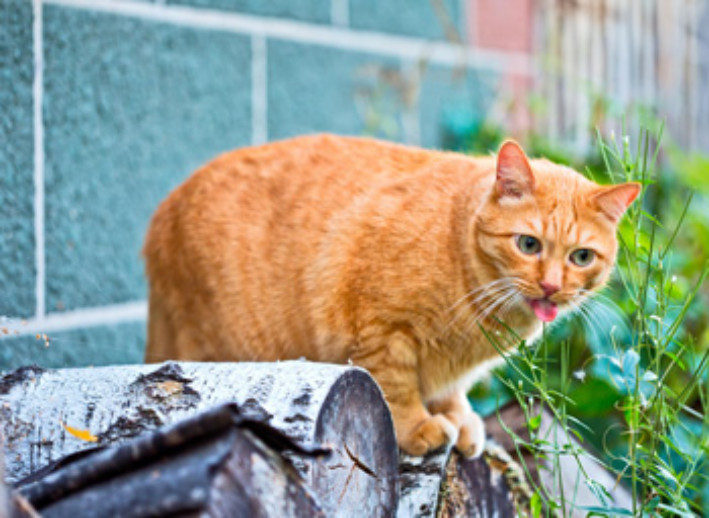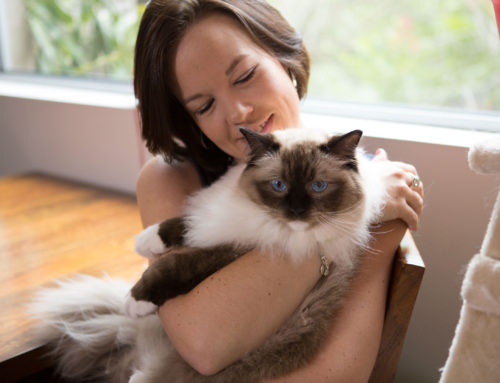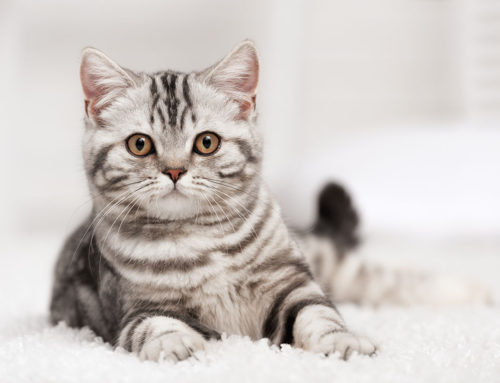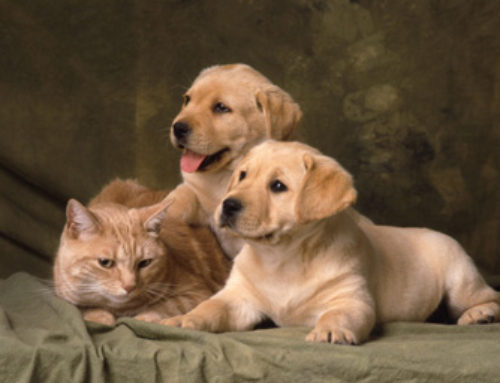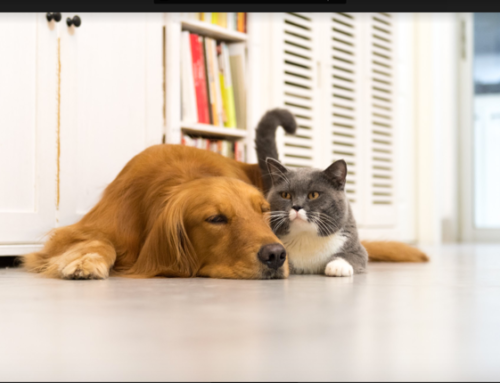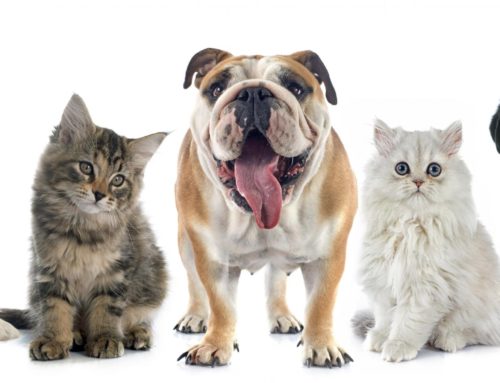Humans aren’t the only ones who suffer with weight issues. Animals are prone to unhealthy weight gain, too – and overweight cats are becoming more and more of a common health problem! Studies have suggested that a large percentage of pet cats are overweight to the point of being considered obese. And, like an obese human, an obese cat is at a higher risk of developing health conditions such as diabetes, high blood pressure and heart disease.
So how can you tell if your cat falls into the ‘overweight’ category? And if they do, what can you do to get your cat healthy again? We’ve put together a handy guide featuring all you need to know about cat obesity and what you can do to prevent it.
How to tell if your cat is overweight
It can sometimes be a little difficult to tell if your cat is actually overweight or not. However, there are several visual and physical tests you can use to check whether your cat falls into a healthy weight range, or whether they could do with shedding a kilo or two.
First, perform a visual check. Look at your cat from above. You should be able to see its waist behind its ribs. If you can’t see a clearly defined waist, your cat is likely a little overweight. If the area between the ribs and hips is wider than the hips or ribs themselves, unfortunately it’s likely that you’ve got a very overweight cat on your hands.
Next, you’ll need to look at your cat from the side. You should see something called an ‘abdominal tuck’. That means that the diameter of the area behind the ribs should be smaller than the diameter of the chest. An overweight cat will have a bit of a saggy belly instead of an abdominal tuck.
Finally, you’ll need to perform a few physical checks to determine whether your cat weighs too much. Run your hands over its sides and see if you can feel the ribs. Each rib should be distinct and easy to feel. Next, perform a similar check on your cat’s spine, shoulders and hips. You should be able to feel these bony protrusions without pressing too hard; if you can’t, your cat is overweight.
What do I do if my cat is overweight?
If your cat is carrying a little too much fat, there are a few things you need to do to get it in shape again. Ideally, you should first consult with a vet to determine the best weight loss plan for your cat. However, the most common reason for cat obesity is too much food, not enough exercise, or a combination of the two – so most weight loss plans will involve similar treatments.
The first thing you’ll usually need to do is make changes to your cat’s diet. These changes may include things like:
- Dishing out smaller portion sizes.
- Switching the type of food your cat is eating (your vet will provide advice on this).
- Refraining from giving your cat extra treats or food from your own meals.
Diet changes will usually need to be accompanied by changes in your cat’s exercise levels. You’ll need to encourage your cat to become more active. You can do this by:
- Playing with them more often .
- Buying them a new toy such as a cat gym.
- Hiding toys around the room or house so they must walk around and search for them.
Once you’ve introduced some of these measures, your cat will be well on its way to becoming as healthy and happy as possible.


